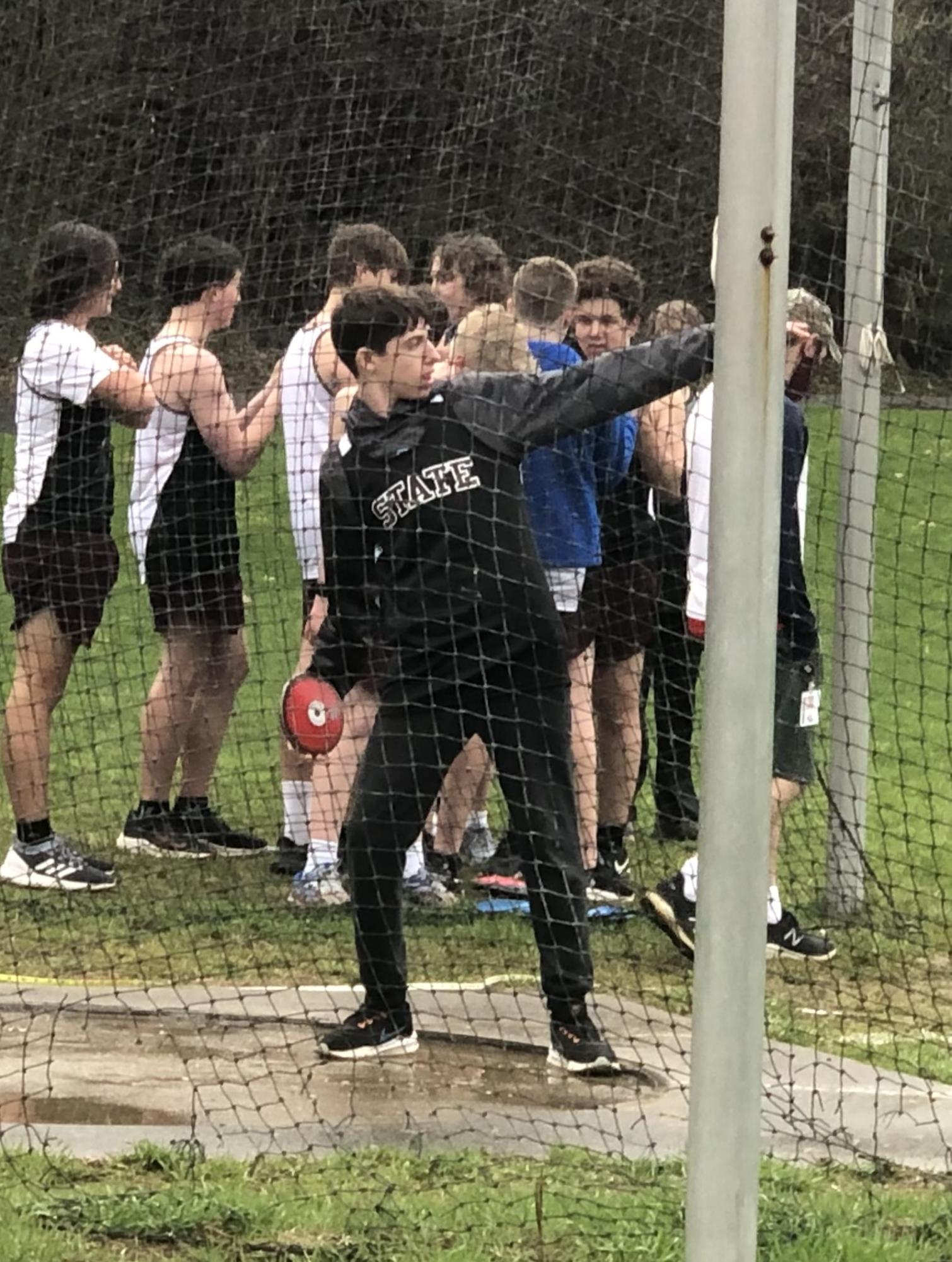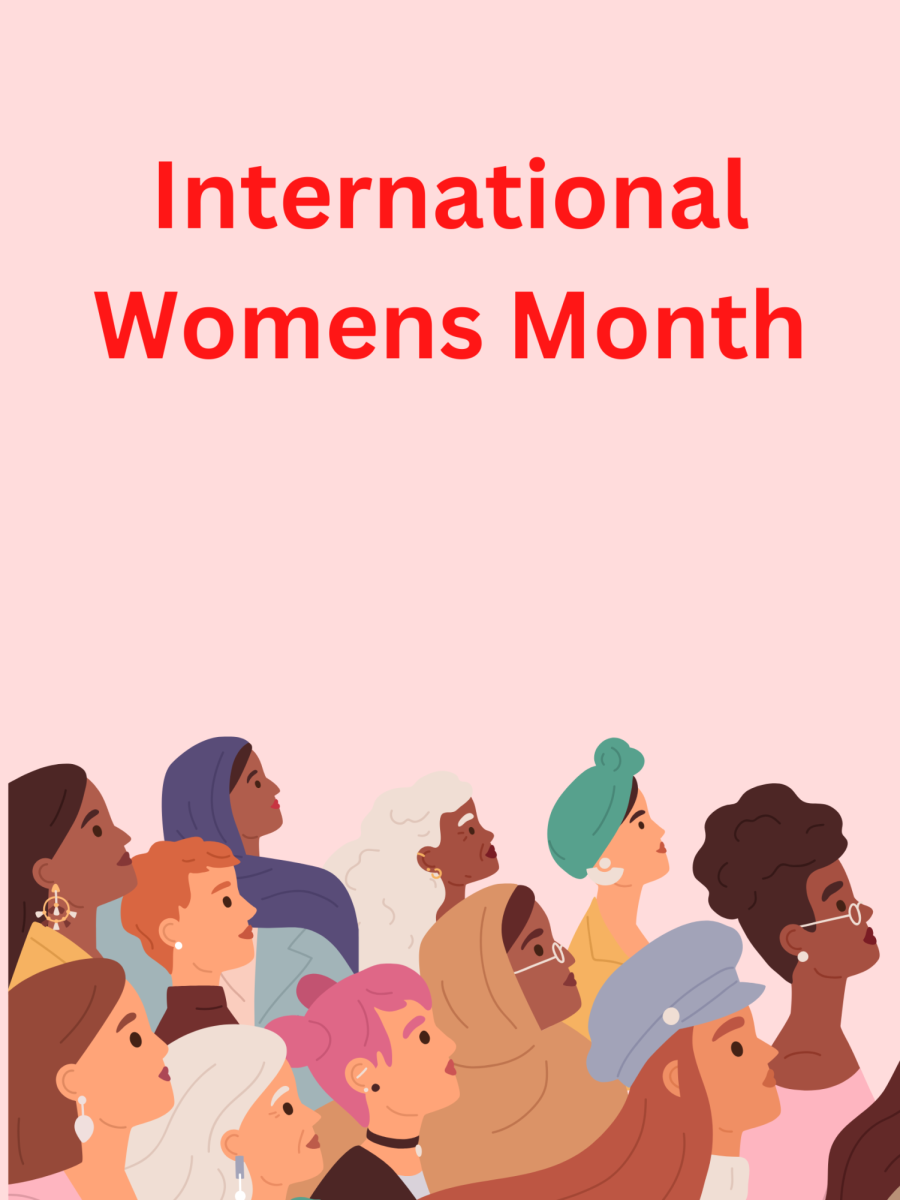What do you see? Is everything just black? Can you see anything? Does it affect how you eat? These are all things people have asked me since I was determined as blind. My name is Tanner Cohagan, a 17 year old junior at State High, as well as a member of the track and field team.

In America, an estimated 1 million people are blind. I am diagnosed with a disorder known as Retinal Dystrophy. I have not always been blind, but since the age of about 8 or 9, my vision has declined. My retina, which helps to see details and light, gets worse over time.
I go to school every day beside my guide dog, and compete on the track and field team. I’ve been competing since 7th grade, now in my third year of high school sports. Due to my lack of vision, there are some differences between me and my teammates.
At practice, a para helps me get around, and gets me to where the group is going. For throwing events, I practice with the throwers, going to the gym and working on throws. The main difference for me is that I cannot see where the sector lines are to know where to throw. Also because of being blind, doing some forms of a spin would be hard for me to do because of balance issues.
While doing javelin, balancing is difficult as well. When I do long jumps, the biggest difference for me is that somebody runs beside me while I run. At meets, sometimes it’s overwhelming because I don’t always know where familiar people are. Luckily, my teammates are very helpful. When my para cannot be helping me for a variety of reasons, somebody else is there. All the coaches have also been a big help.
Track and field gives me a sense of place. I feel like I am supposed to be a part of the team, like it was my destiny. Even though I may not be the highest point scorer for the team, I still have a place.

One person that I have always looked up to is Jake Olson. He was the first blind college football player in the FBS to play. He played for the USC Trojans during his years in college. Olson was diagnosed with Retinoblastoma from birth. This disease is a type of childhood cancer. He had both of his eyes removed at the age of 12. Before football, Olson hoped to be the first blind pro golfer on the PGA Tour.
Olson was accepted to USC, and had the opportunity to play football as a walk-on long-snapper. He always had loved the Trojans throughout his life, and it was a dream come true to get to play for his favorite team. Even after football, Olson spread his stories as a professional public speaker.
Since I first heard of Olson, I always look to him as a reminder that I am capable of doing things that have not been done before. If you too have gone through a huge life changing experience like losing your vision, I would encourage you not to give up on wherever you are interested in. For me this was sports, but it could be anything. Just because there are challenges put on you, does not mean you cannot change the world.
Note: Original article was published on 12/10 with the headline “Blindness in Sports” and due to an editing miscommunication the headline was updated to “My Insight as a Blind Athlete” on 12/15.









